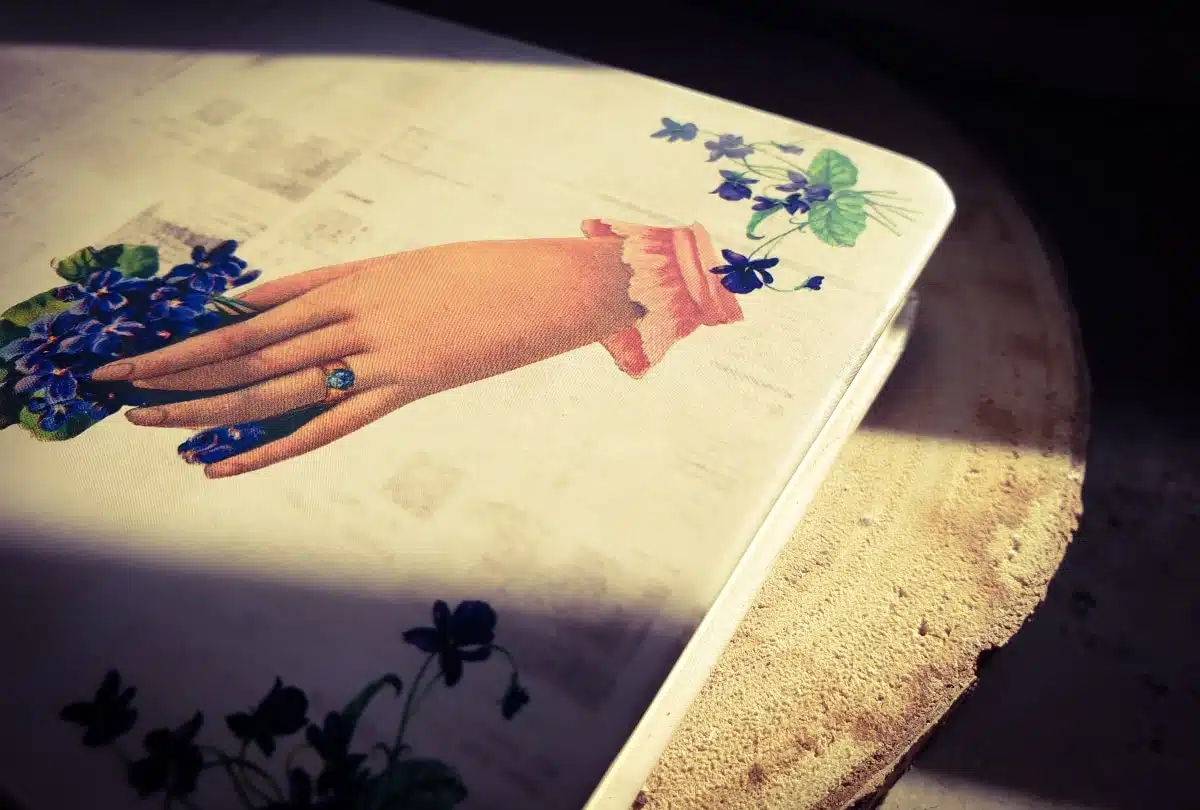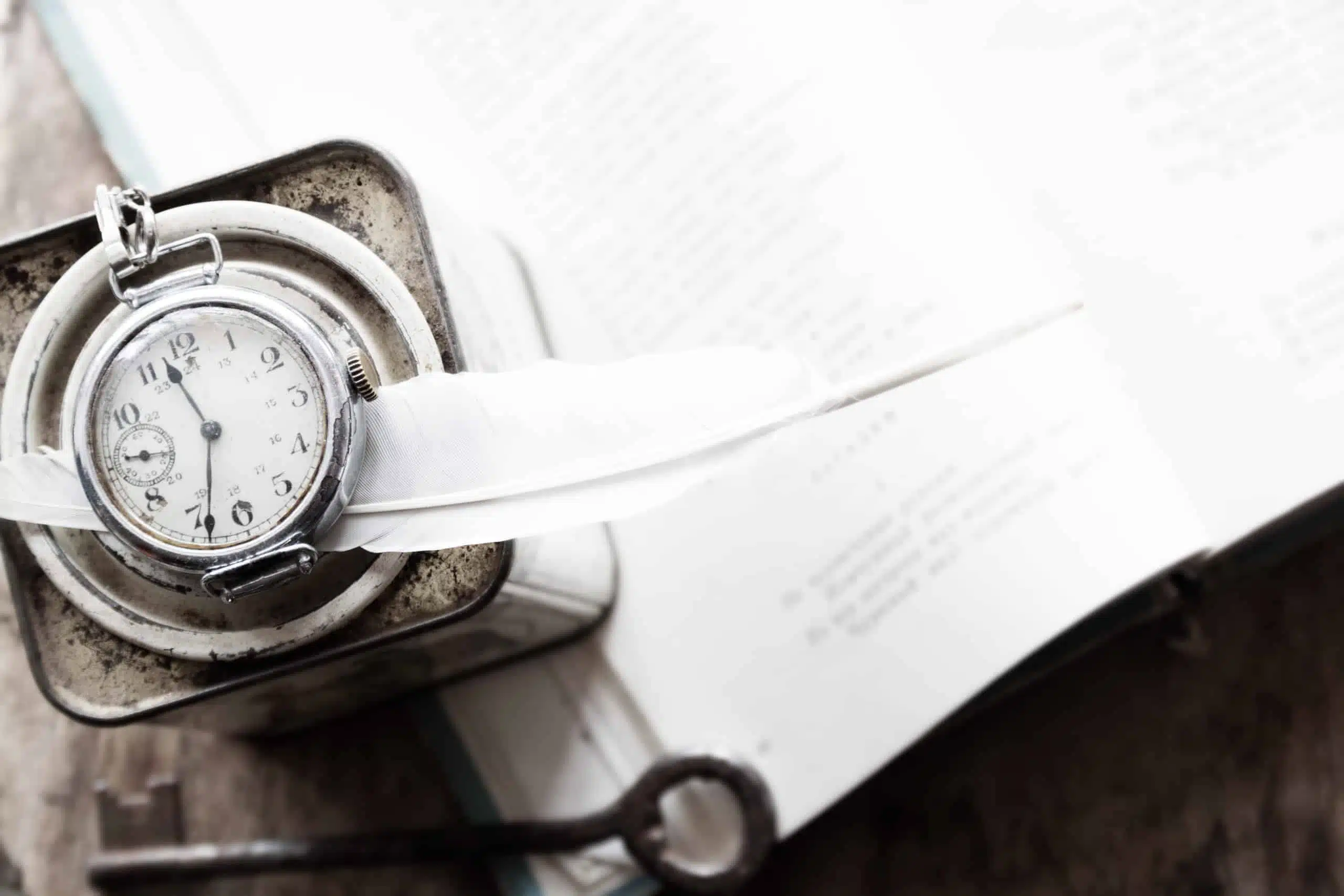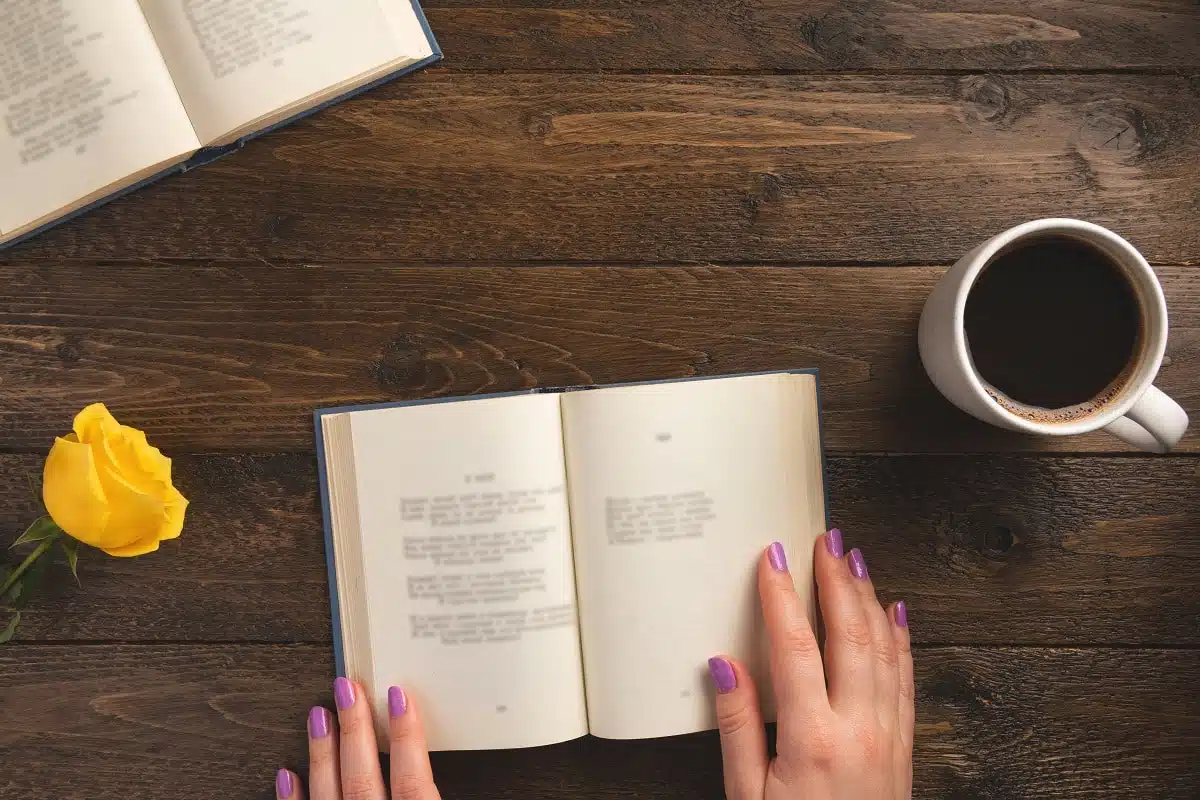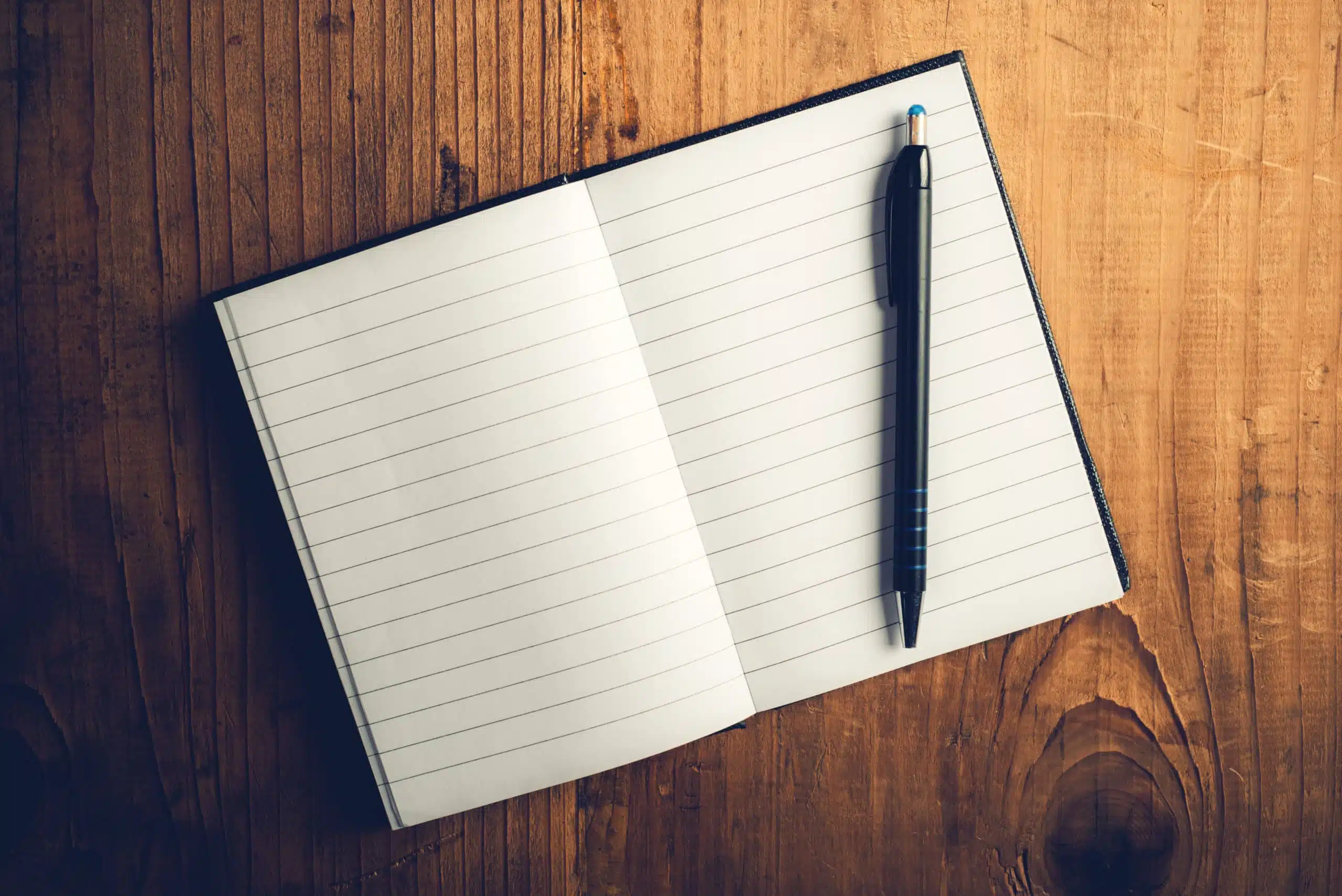Here’s what the Monotetra poetry form is:
Monotetra is a poem form created by Michael Walker. It’s a fairly new form of poetry, which only emerged around 2003.
It is composed of quatrains or four-line stanzas written in tetrameter (four feet) and the last line repeats the first four syllables twice.
So if you want to learn all about the Monotetra poetry type, then you’ve come to the right place.
Let’s get started!
- Trimeric Poetry Form: Pen Short and Sweet Sagas
- Haiku Sonnet Poetry Form: Harbor Mind’s Odyssey
- Golden Shovel Poetry Form: Turn Words Into Gold
- Double Dactyl Poetry Form: Stir Belly Laughs
- Blitz Poetry Form: Ink Cascade of Swift Lines
- Cascade Poetry Form: Let Hidden Feelings Flow

Forms of Poetry: Monotetra

The monotetra, true to its name, has a healthy obsession with the number four.
It is comprised of quatrains (four-line stanzas) written in tetrameter (four feet) and the last line repeats the first four syllables twice.
I’m not sure where the “mono” comes in, though.
This form is quite new, having emerged around 2003.
The form’s founder is Michael Walker, a poet on Shadow Poetry.
If you’re not familiar with Shadow Poetry, it’s a writing community whose innovations in poetry are shamelessly copied ad nauseum by the rest of the internet with remarkably few attempts at citation, as is a tradition among amateur writers.
Basic Properties of Monotetra

| Rhyme Structure | Strict |
| Meter | Iambic Tetrameter |
| Origin | 2003; Michael Walker of Shadow Poetry |
| Popularity | Mostly only appears on reference sites |
| Theme | Varies |
How Is a Monotetra Structured?

Monotetras are deceptively complex despite their unassuming appearance.
Every line is exactly eight syllables, divided up into four metrical feet.
None of the sources made it clear what those feet should be, but it seems likely that the intended meter is iambic, based on the examples given.
This is an important distinction to make, since if the meter were allowed to be anapestic or dactylic then a monotetra could theoretically have twelve-syllable lines instead of eight.
Sources agree that a length of eight syllables is mandatory, so the obvious conclusion is that there was one specific meter intended. (With iambic being the most popular English meter.)
Iambic meter mandates that every line start off with a weaker, unstressed syllable and end with a stressed syllable (which coincidentally means all of the rhymes are stressed).
This gives the lines a solid, punchy feeling that clearly divides them from each other, though you do not necessarily have to end them with caesuras.

Each verse is a quatrain, without exception.
The poem can be as short as one quatrain or as long as the poet is willing to keep writing for.
Crucially, these quatrains have internal monorhyme.
This means that each ending sound will be used with four different words (ideally), ramping up the difficulty significantly for those who struggle with rhyme.
The last line of each quatrain is especially unique, in that it contains a full repetition of the first four syllables, in the exact same order.
This can make ending the poem on a high note surprisingly difficult since the poem will inherently limit you to phrases that work when repeated twice.
There is no carry-over from verse to verse.
Despite the internal instance of repetition and the monorhyme of each quatrain, both of which might otherwise imply uniformity, the only thing carried over into the next stanza is the unique ruleset of the monotetra form.
Example of a Monotetra

Come What May
I look right down the street to see
someone I know following me
and feel elated just to be
so wild and free, so wild and free.
We laugh and laugh. It’s been a while
but still we gladly stop to smile
and gossip of what’s now in style.
But still, he’s vile. But still, he’s vile.
This man did steal a girl I knew.
I blinked just once and off they flew.
I thought back then her love was true.
Be careful, you. Be careful, you.
A friend who you do trust today
is free to deftly take away,
thus leaving you alone and gray.
Live, come what may. Live, come what may.
The above example, appropriately written in four verses, is a brief introduction to all the basic elements of a monotetra.
While the lines may not look uniform visually, it only takes a quick recitation to realize that they are indeed the same length in syllables.
The expected rhythm of the poem, both in terms of beat and rhyme, is present.
Take note that the poem purposely uses some of the absolute easiest rhymes in the English language.

See. While. Knew. Today.
All of these are words that leave the poet copious options, which allows for more breathing room when assembling a narrative.
The endings of each verse tend to take advantage of the sudden shift in structure to present some sort of turn.
The second verse, in particular, suddenly shifts from an uplifting meeting between friends to the emotionally charged word “vile,” immediately leaving the reader wondering why the speaker would insult a friend so ruthlessly and uses the repetition to really hammer it in as if the writer were saying, “No, that wasn’t a typo. He’s vile.”
While this poem uses a caesura in the middle of every fourth line, it isn’t necessarily mandatory.
If you were to come up with a line that makes grammatical sense without one, then you certainly could leave it out, but that’s highly unlikely to happen by accident.
Tips for Writing a Monotetra

While I do say this for every rhyming form, I strongly, strongly recommend you choose easy rhymes for the monotetra.
You will be using every end sound a minimum of four times (five if you count the repeated phrase), so you need to be absolutely certain that you can make a rhyme sound work before you include it in the poem.
The good news is that eight syllables are just enough space to comfortably set up the next end-word.
While the meter will certainly complicate this a bit, it won’t make the process unbearable by any means, provided you have some experience with meter.
For iambic meter, remember that there will be a stressed syllable at every second syllable.
To the ears, it will sound a bit like ba-BUM, ba-BUM, ba-BUM, ba-BUM.
If your poem has a rhythmic beat that reminds you of drums, then you’re on the right track.

Start thinking about the last line of each quatrain as soon as you go into the third line, since it will throw you off otherwise.
Make sure your penultimate line builds naturally into some four-word phrase that you can repeat, also utilizing the stanza’s end sound at the end of those four words.
Lastly, try to avoid some unhinged desire to achieve perfection.
Metric poems have a higher bar to entry and even more so when rhymed, so your readers will accept your efforts gracefully as long as they’re sincere.
You’ll find that your writing improves significantly when you reach a point where you can write in meter without tensing up or panicking.
It’s just a poem.
Poet’s Note

Nearly every page about the monotetra starts with the exact same two to three sentences, just slightly reworded.
Have you ever seen that meme about changing copied homework so that it isn’t obvious?
Seriously though, there’s this thing called integrity.
Comprehensive Collection of Poetry Forms: Craft Words Into Art

Dare to traverse the entire spectrum of poetic forms, from the commonplace to the extraordinary?
Venture from the quintessential Sonnet to the elusive Mistress Bradstreet stanza, right through to the daunting complexity of Cro Cumaisc Etir Casbairdni Ocus Lethrannaigecht.
For those with a zeal to encounter the full breadth of poetry’s forms, this invitation is yours.
Start exploring the vast universe of poetic ingenuity with our comprehensive array of poetry forms right now!
